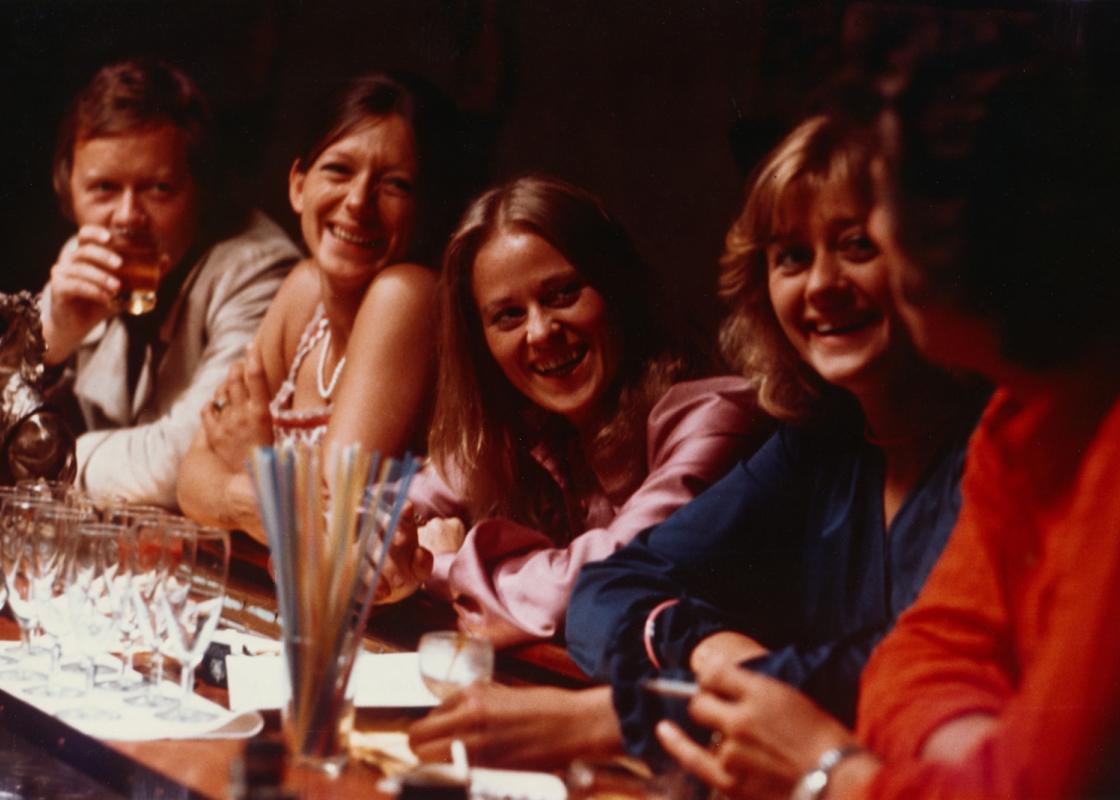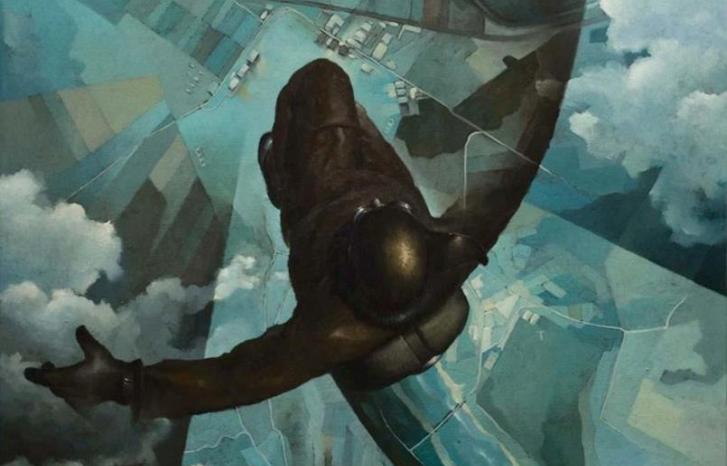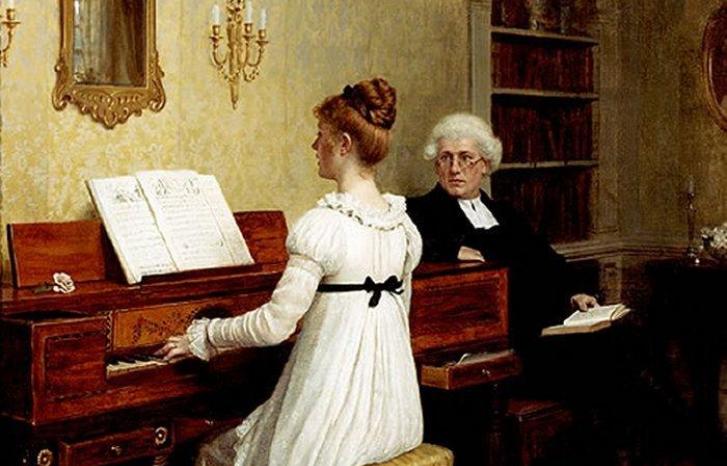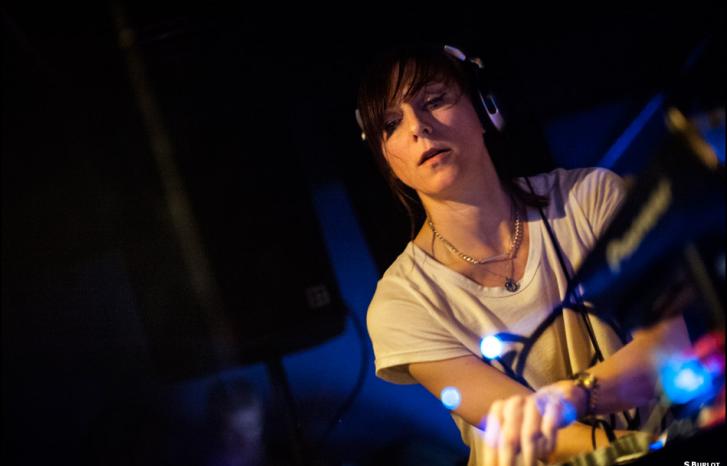Imagine Norway in the seventies, perhaps the early eighties. Flared trousers and high hair. In the cinemas they’re showing Norwegian films such as Hustruer (“Wives”), Løperjenten (“Betrayal”), Arven (“Next of Kin”) and Åpenbaringen (“The Revelation”). Directors Vibeke Løkkeberg and Anja Breien are highly successful both nationally and internationally. They are among the best Norwegian examples of so-called “auteurs” – cinematic artists.
No one would imagine that a few decades later, these women would be regarded as representatives for a misdirection in Norwegian film history, a “misunderstanding” that would affect women’s status within the Norwegian film scene for a long time to come.
“I would argue that the effect of the critique of the auteurs from the 1970s is clear: It became harder for women to make film in the following years,” says researcher Johanne Kielland Servoll.
In order to understand why this happened, it is necessary to realise what it meant that Løkkeberg and Breien were regarded as so-called auteurs. Moreover, we need to understand the significance of this small, seemingly insignificant French word both in Norway and globally.
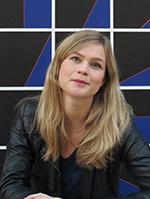
From consumer goods to works of art
“Internationally, the term ʻauteur’ has primarily been used as a badge of honour, but in Norway it became a negatively charged term, an insult,” says Servoll, who defended her PhD thesis about the Norwegian auteur shortly before Christmas 2014.
The term originates from French film periodicals from the 50s. The word means simply author or originator, and was used about film directors in order to raise the status of cinema from that of consumer good to a work of art. Moreover, the term was applied as an attempt to distinguish art film from the commercial film.
Auteur films weren’t products of the Hollywood dream factory; they were unique works of art created by one single person who was often responsible both for writing the script and directing the film.
Male directors such as Bergman, Fellini and Antonioni were the prime examples of auteurs, but gradually women also entered the scene. Especially in Norway.
Anja Breien – the new Bergman?
“The 70s was a time when female film makers were highly profiled, and they enjoyed major recognition both within artistic circles and internationally,” says Servoll.
Anja Breien, who is the director of Hustruer (“Wives”), and Vibeke Løkkeberg were the two most prominent female directors in Norway in the 70s and early 80s.
They were both influenced by the auteur concept; Breien through her use of a modernist artistic style and Løkkeberg through her pursuit of the role as a creative artist. At the same time they were both marked by the typical 70s’ idea that art was supposed to be both political and socio-critical.
The result was films which were navigating between the political and the personal. Løkkeberg in particular used her own life and person as a point of departure for her stories. This was in line with the auteur concept from the 50s and 60s, and at the same time she addressed social problems such as abortion, incest and female oppression.
The films were also praised internationally. Some international critics asked whether Anja Breien was Scandinavia’s “new Bergman”; others referred to Norway as “the land of female directors”. But it didn’t last long.
“When the term auteur eventually got a negative ring, female film artists were particularly affected,” says Servoll.
And this negative ring came to characterise Norwegian film in the 80s.
Helicopters and diving bells
“Not only the film business, but Norwegian cultural life in general, saw a thorough clearing-up in the early 80s,” says Servoll.
“Now it was no longer popular to bring up contemporary social issues. Film and art in general was supposed to address eternal and universal topics – the man, the sea, and love. It was supposed to revolve around individuals, not politics or social issues.”
Artistic or political films were no longer the ideal. A more “original” idea of the auteur was launched together with the desire to reach a wider audience.
The author Kjartan Fløgstad wrote several essays about the liberating power of the universal myths upon which western, film noir and the old Hollywood B films were founded.
“Genre films such as action and crime became the new ideal. These were genres which had not yet been explored by female directors to the same extent,” says Servoll.
This period is often referred to as “the helicopter era” within Norwegian film. Audience friendly action films such as Orions belte (“Orion’s belt”, 1985), Etter Rubicon (“After Rubicon”, 1987) and Dykket (“The dive”, 1989) was what mattered. These films were made in accordance with the Hollywood model, and contained, according to film critic Per Haddal, “a boyish fascination for machines, helicopters, diving bells, nuclear bombs, and super power chess”.
From auteur to amateur
The auteur concept soon became a rubbish bin for everything that films were not supposed to be. According to Servoll, the auteur films were regarded as too private, too elitist, and too amateurish. And Breien and Løkkeberg’s “women’s films” were part of the outdated personal and political trend.
“Breien and Løkkeberg were not the only ones who were criticised for their films, but I would claim that female directors were punished particularly hard in their attempts to make auteur films,” says Servoll.
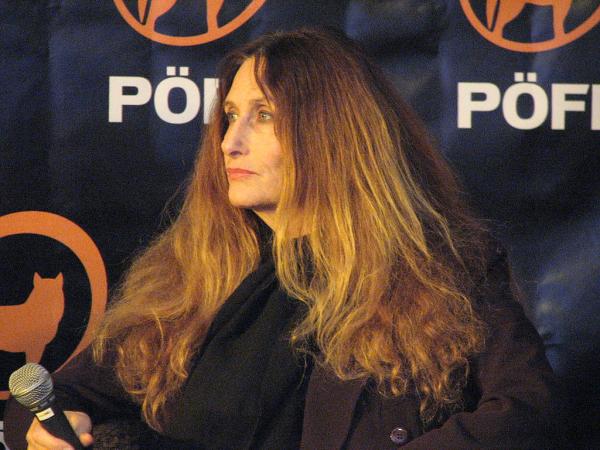
“The Norwegian version of the auteur film was affected by the same objections that had traditionally been directed towards women’s artistic production in general: It belonged to the private sphere and was comparable to diary entries, as opposed to the public sphere which traditionally belonged to male artists.
As a result, it became more difficult for female directors in the 80s, at least when it came to the production of films which explicitly addressed women’s experiences.
“There were, in fact, more female directors in the second half of the 80s than before, but these women made children’s films, teenage films, and family films. Very few women made cinematic art and films for grown-ups.”
The auteur returns
The auteur disappeared from the scene for several years. But sometime during the 2000s a scream once again passed through the Norwegian film scene. Where had the director gone? Where were the brilliant visionary cinematic artist?
“In the beginning of the 80s, Norwegian film was considered too amateurish and too narrow. In the early 2000s on the other hand, Norwegian film was considered too professional, clever, impersonal and boring.”
The auteur was called for and welcomed back. The last few years have seen a new generation of film directors who – although they don’t refer to themselves with the term “auteur” – pursue the same type of artistic role.
According to Servoll, several modern films resemble the films from the 70s; films with a more personal focus exploring the film maker’s own experiences, and films where one person is responsible for several aspects of the production.
But what distinguishes the new auteur from the old, detested director from the 70s?
“Neither Arild Østin Ommundsen nor Ole Giæver are frowned upon or criticised today for playing the main character in their own films Eventyrland (“Wonderland”) and Mot naturen (“Out of nature”). But they are doing the same today as Vibeke Løkkeberg did in the 80s,” says Servoll. They write the script, direct, edit and play the main character themselves.
New times, old roles
Some of this simply has to do with the fact that times have changed, but according to Servoll it is important to bear in mind that the term auteur and its governing ideas are not gender neutral; they are rooted in the idea of a masculine artistic role.
“While working with this thesis I became aware of the fact that the term have made it increasingly difficult for women to gain acceptance as cinematic artists,” says Servoll.
“It has not been my intention to create a ʻwomen’s problem’, but I wanted to draw attention towards how the term auteur in itself has made it difficult for women to obtain status as auteurs, since their films are perceived as particular and gendered rather than universal.”
Translated by Cathinka Dahl Hambro.
- “Auteur” is the French word for author or originator. In the 1950s, French film critics started using the term with reference to film directors. The aim was to increase the status of films from that of a mass medium to art.
- There were several female auteurs or cinematic artists in Norway in the 1970s. Among them were Anja Breien and Vibeke Løkkeberg.
- In her PhD thesis Den norske auteuren - en begrepshistorisk analyse (“The Norwegian auteur – an analysis of its conceptual history”), media researcher Johanne Kielland Servoll shows how there has always been a gender dimension to the term auteur, and how this changed during the 1980s. This made it more difficult for women to gain acceptance as cinematic artists.
